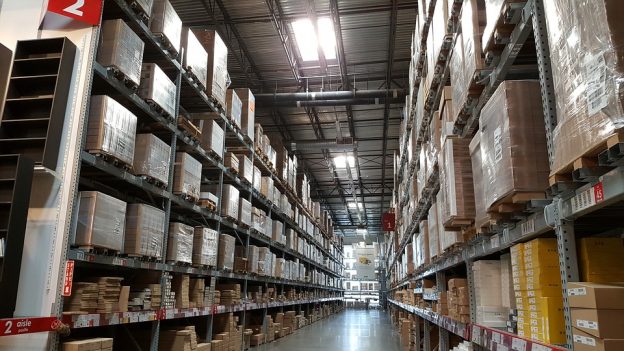Why the $350 Billion Warehousing Business Will Change Forever in 2019
With Amazon recently raising its minimum wage for all US workers to $15/hour, the memory of their warehouse workers’ well-publicized horror stories is only just beginning to fade. Yet, in the wake of these PR ups and downs, warehousing as a whole experienced steady growth in 2018, buffered by the increase in online sales and remote retail.
Over the last 5 years, the number of warehousing companies has grown by 14.8%, while companies like Amazon, eBay, and Wal-Mart annually spend $350 billion on logistics operations. However, 85% of that expense is tied to the labor and assets to pick, pack, and ship product — a number that is about to change dramatically.
With the rise of optimization software, warehousing and logistics companies can automate a number of tasks that used to require hands-on treatment. Even medium and growing companies are using intuitive form builders to reinforce their integrated order processing systems.

photo/ icondigital
For some, this means 2019 could be a difficult year for change management. Some are already predicting that Amazon’s minimum wage increase will be financed by automation and ensuing layoffs. Don’t let the doomsayers worry you. As technology continues to make manual processes less time-consuming, it also makes our lives better.
For instance, take barcode scanning technology, which has been proven to reduce inventory errors by more than 41%. Before barcodes, every product was identified by sight alone, meaning that workers were prone to errors, redundancy, and loss. In the case of barcode scanners, increasing the efficiency and accuracy of a single worker meant fewer workers were needed, but each employee’s work load becomes exponentially more manageable, and their output became more accurate.
The same can be said for every level of operations in warehousing. With applications that provide integrated workflows, task management, and analytics, administrators have the ability to assign jobs with a top-down view and understand trends over time. They’re able to see who is overloaded, who is idling, and who is best suited to help with critical, high-priority actions.
2019 will see some significant job loss in manual occupations like warehousing. However, according to Gartner, automation will actually create more jobs than it eliminates by 2020. Warehousing is one industry where we can expect to see a dramatic shift from low-skill, low-pay labor to digitally-savvy, strategically-minded workers— all thanks to automation.
That’s a net win for everyone. Not only do workers now have the upward mobility that comes with cultivating a technological skill set, but they also receive the much more tangible benefits of higher pay and less demanding work.
So, the next time you hear someone bemoan the advent of machines in the workplace, ask them this: when you open a box from an online retailer, do you want to have the right item? More importantly, do you want warehouse workers to receive competitive wages based on their skills?
Because that’s what warehouse optimization in 2019 is all about.
Author: Alex Brown

photo/ Gerd Altmann














